ADI AD5791 20位電壓輸出數(shù)模轉(zhuǎn)換解決方案
ADI 公司的AD5791是單路20位電壓輸出數(shù)模轉(zhuǎn)換器(DAC),雙極工作電壓高達(dá)33V,正基準(zhǔn)電壓從5V到VDD-2.5V,負(fù)基準(zhǔn)電壓從VSS+2.5V到0V,精度1ppm,噪音頻譜密度7.5 nV/√Hz,溫度漂移0.05 ppm/°C,主要用在醫(yī)療儀器,測(cè)試測(cè)量,工業(yè)控制和高端科學(xué)和航空儀表.本文介紹了AD5791產(chǎn)品亮點(diǎn)和主要特性, 方框圖和菊花鏈接方框圖,以及典型應(yīng)用電路圖和EVAL-AD5791評(píng)估板電路圖,材料清單和PCB元件布局圖.
本文引用地址:http://www.ex-cimer.com/article/198995.htmThe AD5791 is a single 20-bit, unbuffered voltage-output DAC that operates from a bipolar supply of up to 33 V. The AD5791 accepts a positive reference input in the range 5 V to VDD ? 2.5 V and a negative reference input in the range VSS + 2.5 V to 0 V. The AD5791 offers a relative accuracy specification of ±1 LSB max, and operation is guaranteed monotonic with a ±1 LSB DNL maximum specification.
The part uses a versatile 3-wire serial interface that operates at clock rates up to 35 MHz and that is compatible with standard SPI, QSPI?, MICROWIRE?, and DSP interface standards. The part incorporates a power-on reset circuit that ensures the DAC output powers up to 0 V and in a known output impedance state and remains in this state until a valid write to the device takes place. The part provides an output clamp feature that places the output in a defined load state.
AD5791產(chǎn)品亮點(diǎn):
1 ppm Accuracy.
Wide Power Supply Range up to ±16.5 V.
Operating Temperature Range: ?40℃ to +125℃.
Low 7.5 nV/√Hz Noise Spectral Density.
Low 0.05 ppm/℃ Temperature Drift.
AD5791主要特性:
1 ppm resolution
1 ppm INL
7.5 nV/√Hz noise spectral density
0.19 LSB long term linearity stability
0.05 ppm/℃ temperature drift
1 μs settling time
1 nV-sec glitch impulse
Operating temperature range:?40℃ to +125℃
20-lead TSSOP package
Wide power supply range up to ±16.5 V
35 MHz Schmitt triggered digital interface
1.8 V compatible digital interface
AD5791應(yīng)用:
Medical instrumentation
Test and measurement
Industrial control
High end scientific and aerospace instrumentation
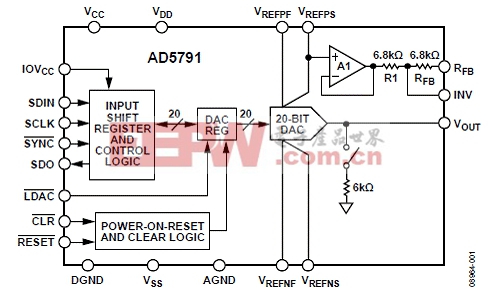
圖1.AD5791方框圖
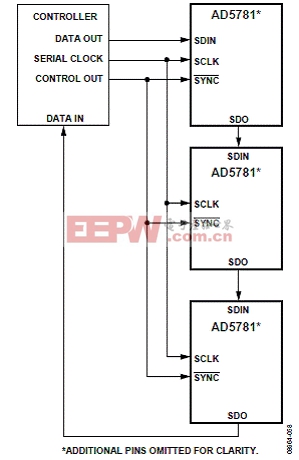
圖2.AD5791菊花鏈接方框圖

圖3.AD5791典型應(yīng)用電路圖
EVAL-AD5791評(píng)估板
The EVAL-AD5791 is a full-featured evaluation board, designed to allow the user to easily evaluate all features of the AD5791 voltage output, 20-bit DAC. The AD5791 pins are accessible at on-board connectors for external connection. The board can be controlled by two means, via the on-board connector (J6) or via the system development platform connector (J3). The SDP board allows the evaluation board to be controlled through the USB port of a Windows? XP (SP2 or later) or Vista (32-bit) based PC using the AD5791 evaluation software.
EVAL-AD5791評(píng)估板主要特性:
Full-featured evaluation board for the AD5791
Link options
PC control in conjunction with Analog Devices, Inc., system development platform
PC software for control

圖4.EVAL-AD5791評(píng)估板連接框圖
EVALUATION BOARD SCHEMATICS AND ARTWORK
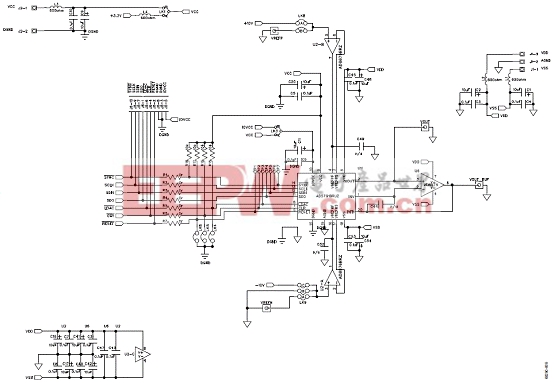
圖5.EVAL-AD5791評(píng)估板電路圖(1)

圖6.EVAL-AD5791評(píng)估板基準(zhǔn)電壓電路圖
圖7.EVAL-AD5791評(píng)估板SDP板連接器電路
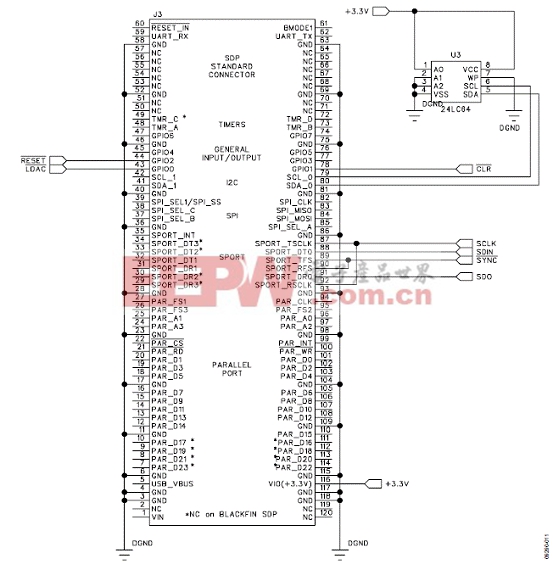
圖8.EVAL-AD5791評(píng)估板元件布局圖
EVAL-AD5791評(píng)估板材料清單(BOM):
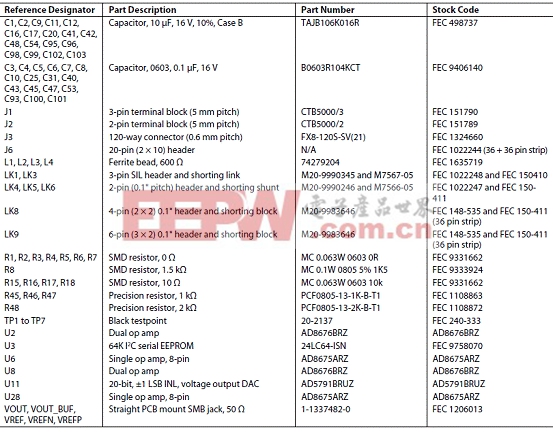
更多醫(yī)療電子信息請(qǐng)關(guān)注:21ic醫(yī)療電子頻道




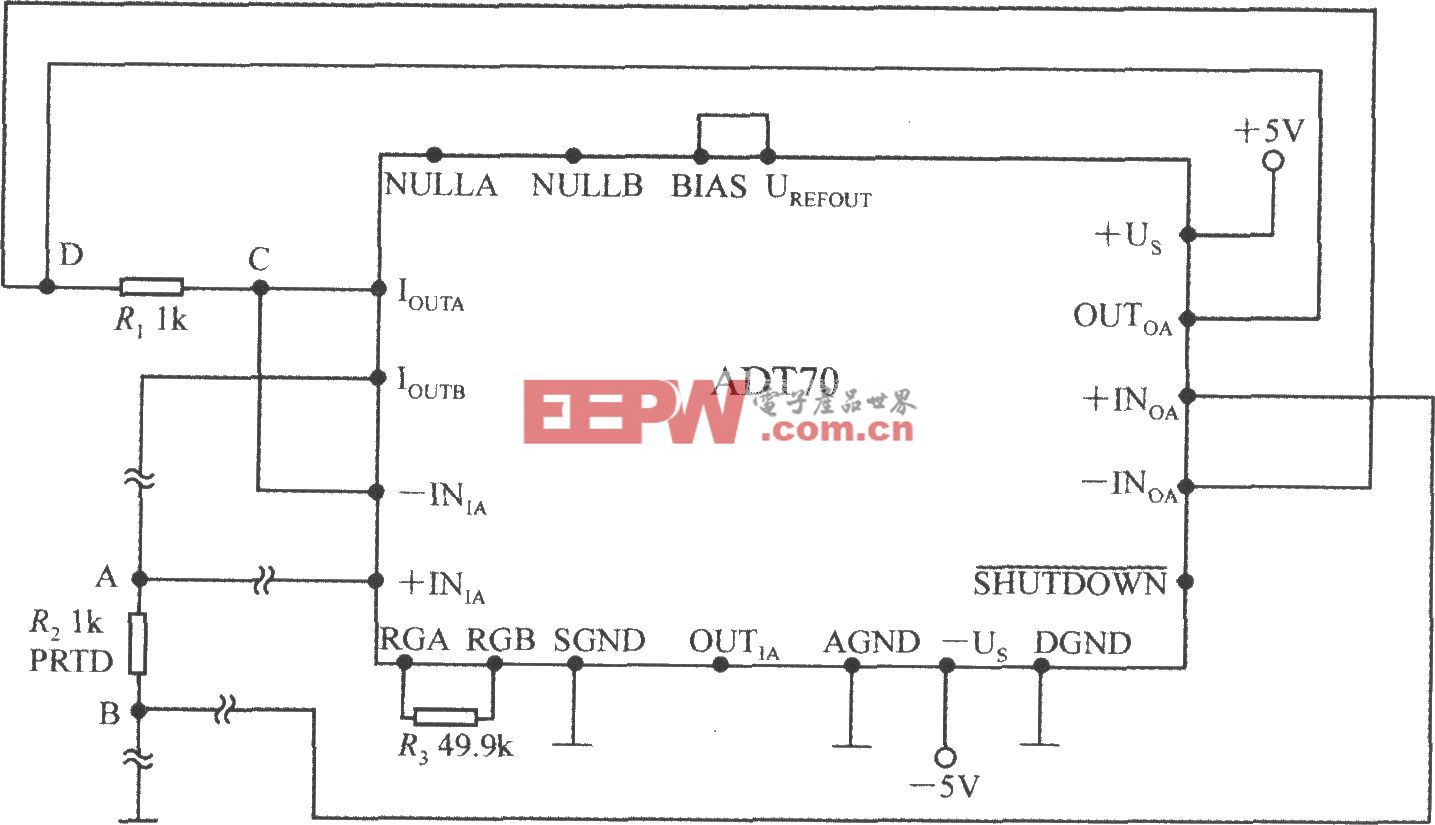




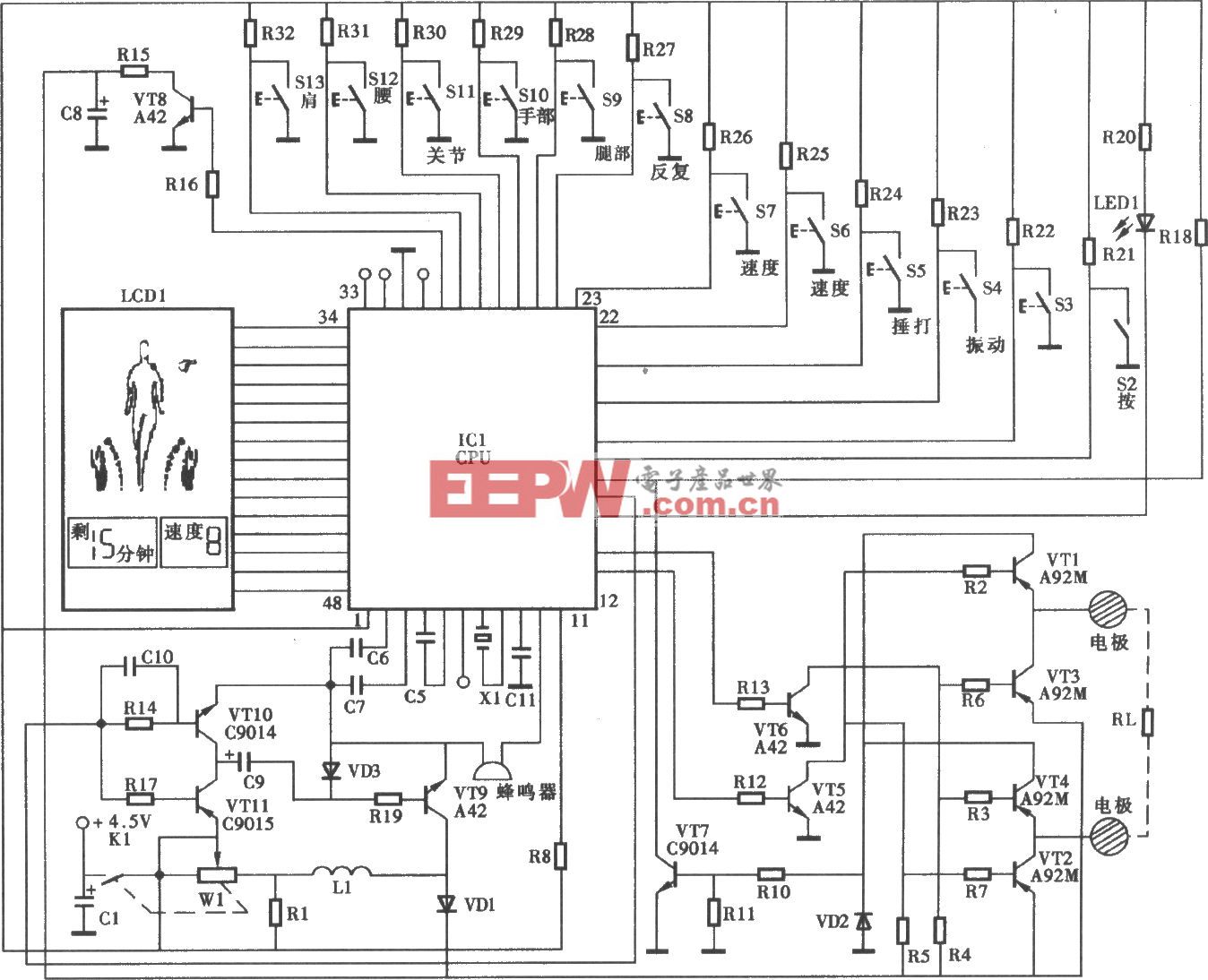
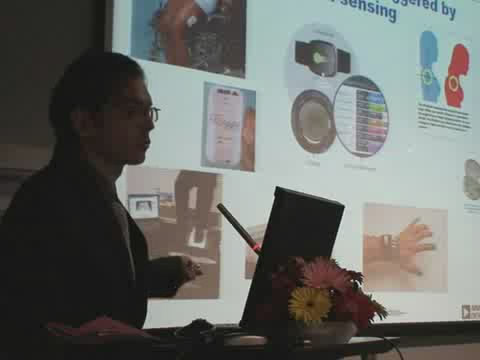


評(píng)論